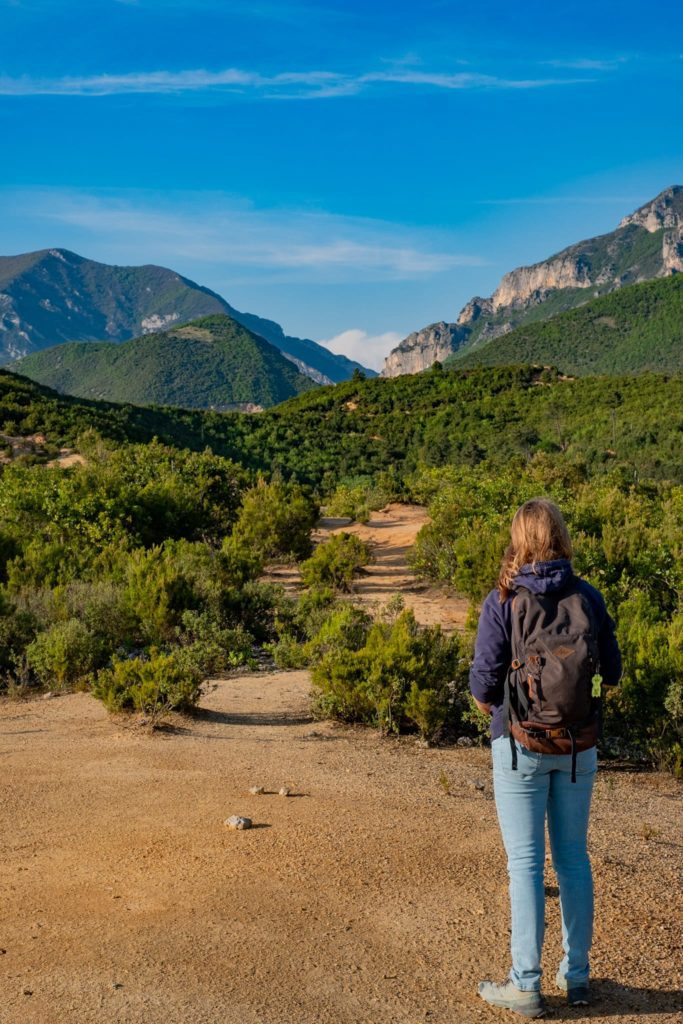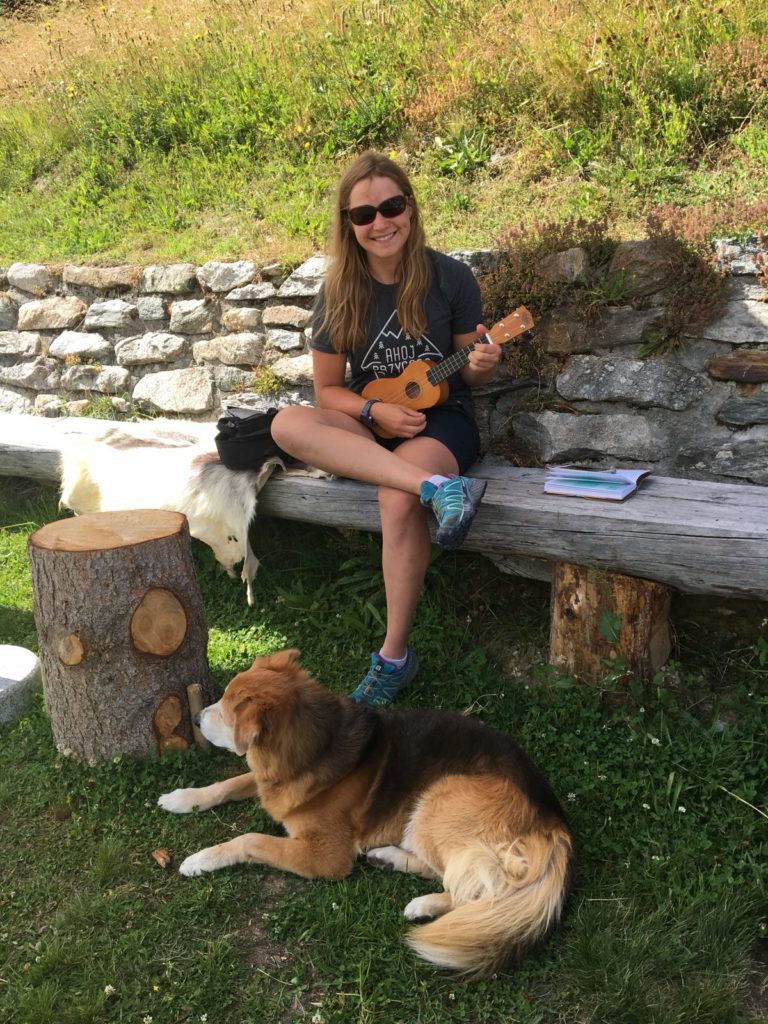Leaving your job behind and embarking on an adventure with the ultimate freedom is as scary as exciting. Travelling long term, without a stable base and income, is a different cup of tea than a quick vacation.
This article will cover the most crucial elements of preparing for sabbatical and long term travels. I will share mistakes I made and lessons I learnt along the way.
Asses your motivation and goals
There are plenty of reasons to give up your job and travel. In the social-media aera, it might even seem like the must-do, the only way to have a meaningful, thrilling life.
Before you hand in your notice, ask yourself: why am I doing this? Is it your dream? Or did you simply believe the omnipresent Instagram reels telling you that 9-5 brings you misery and travel will magically make your life better?
Life on the road is not exactly as it looks on the internet. Travelling long term is enriching and a great way to learn and gain perspective, but it’s not without a price.

Before leaving your job to travel, take some time to evaluate your priorities, life and career goals and values. What would you like to learn and experience during your trip? What are the things you’re sacryfying for this dream? Think about your job opportunities, family and social life, everything that’s a big part of your daily life. Are you convinced you’re willing to give it up for a year of couple of months?
Think about timeline and itinerary
What places would you like to visit during your sabbatical? Are any of them only accessible during certain months? Your planning needs to be clever if your big trip involves trekking the Himalayas, cycling across Kyrgyzstan or seeing the northern lights.
Is there any deadline by which you’ll have to be back home? Think family events, medical appointments and any life-admin stuff that awaits you. Make sure you’ll be back on time for these events.
Travelling can be pretty exhausting in the long run. Breathtaking waterfalls and exciting historical sights don’t excite you as much anymore when you see them every day, your butt starts hurting from all the sitting on a bus or in a car, and the only thing you crave is standing in one place for a bit longer than a few days and live a regular life for a second. Bear it in mind when planning your gap year, and incorporate breaks in your itinerary.

Plan your budget
If you know how long you would like to travel, you can check if you can afford it. To me, this is always the most challenging part. I know people who can establish their daily budget and stick to it. I am terrible at that.
I tend to underestimate my spending, and forget about certain unevitable expenses on the road. That’s why I always add 25 % to the initial travel budget I come up with.
Planning your budget is much more complicated if your trip has an open ending – if you don’t know how long you’ll travel and when you’ll return.
In this case, I recommend to set an alert – before your balance goes to low, you should start plannig a return to work.
There are plenty of ways to make your travel budget last longer. You can try wild camping i volunteering (e.g. Workaway, where you can work for a couple of hours in exchange for accommodation and sometimes food).
Prepare the paperwork
Check the visa restrictions for all countries you plan to visit and how the application process looks like. Some countries have e-visa schemes that make application easy and possible from the road. Other are more strict and require you to visit the embassy in your homecountry. Prepare a good overview of the visa procedures and plan B in case your visa application gets rejected (if you’re travelling to countries with strict entry policy).
If you plan to drive, make sure to issue an international driver’s license.
Take care of your health
Travelling for months means a health check-ups marathon before you leave your home country. This way, you can minimize the risk of health problems on the road. Dentist, gynaecologist, blood tests – start scheduling your appointments a few months ahead to ensure you can treat any potential issues that might get diagnosed.
If you’re travelling far, visit also a travel medicine specialist. They will advise you what vaccinations you should take before your journey.
Even the best preparation doesn’t guarantee you no health issues or accidents during your drip. That’s why it’s crucial to have a good travel insurance.
Long-term travel insurance
Choosing the right travel insurance is a tricky, especially when you’re going on sabbatical. Regular travel insurance can get very expensive if your trip takes longer than a few weeks. Most of them don’t cover you in your home country either, which makes the first days after return stressful.
I remember the lump in my throat when I got sick right after I returned from Kyrgyzstan in 2019. Since I wasn’t working yet and didn’t manage to register for the social security yet, I didn’t have the health insurance. Luckily, I only had to cover one doctor’s appointment out of pocket. If my health issues turned out serious, I would be in quite some financial trouble.
If you’re looking for a solid travel insurance for long-term travels with coverage in your home country, check out Bezpieczny Powrót.
Their Nomad Insurance is a great option for people who travel with a one-way ticket and want to be flexible. Your insurance automatically renews every four weeks. If you decide it’s time to go back home, you can stop it any time. What’s best, you’ll still be covered for 30 days in your home country (15 days if you’re based in the US).
Before deciding for the travel insurance, read the policy carefully. Check if it covers the sports and activities you plan to do during your trips, what are the deductables and conditions of the policy. If you have any doubts and questions, clarify them with the insurance company beforehand and save the e-mail exchange to back you up later.
Managing finances
Long-term travel requires a fair share of logisticswith currency exchange and general finances. Luckily, long gone are the days when you had to bring a lot of cash for a trip and exchange it in the exchange offices (unless you’re travelling to a country like Belarus, Iran, Israel and Russia that don’t use SWIFT – the global payment system).
Of course, you should still carry some cash, just in case, especially when travelling through rural and less touristy areas.
A multi-currency account (such as Revolut lub Wise) will save you from high exchange rates and withdrawal fees at ATMs abroad. I used both Revolut and Wise and find them extremely convenient.
Don’t forget to track your expenses. It can be tiresome, especially considering all the exchange rates. Luckily, the Revolut app makes it much easier by allowing you to set a monthly budget and notifying you if you managed to stick to it.
For safety reasons, I have several bank cards that I regularly transfer money to from my main account. This reduces the risk of someone stealing my card and clearing it from all the cash.
When travelling with other people, I use Tricount – a free app to organize group expenses.
Take it step by step
Preparing for a long journey includes learning to acept the uncertainity. You won’t be able to plan every aspect of a year-long trip.
It’s ok when you only know what you’ll do for the first weeks of your trip. As long as you have the basics covered, you’ll be fine. In the end, travel is about freedom and exploring, and the best adventures are those you never planned!
